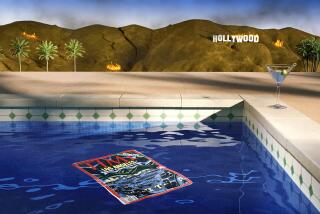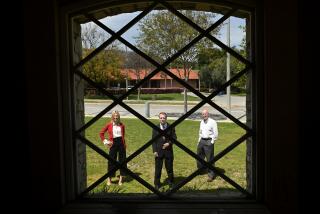Central City West Is Not a No-Man’s Land
- Share via
I enjoyed Sam Hall Kaplan’s description (March 20) of the first “oranges” and “lemons” awards.
But surely his colleague, Leon Whiteson, deserves a large lemon for his hackneyed and uncritical reportage of the “City West” in the same issue.
Reproducing what is virtually a press release for the Central City West Assn., Whiteson characterizes the area west of the Harbor Freeway as a “socially . . . confused no-man’s land.”
Quoting architect Kurt Meyer on the “monumental task” of grappling with such “physical and human incoherence,” he extols the civic vision of the corporate stakeholders who are rising to the “immense challenge” of “what is this place, and should it be recognized?”
The “place” can answer this question straightforwardly. It is the largest and most culturally dynamic Central American urban area north of the Isthmus of Tehuantepec. Its 150,000 hard-working neighbors may be poor, but they create a vibrant social fabric.
What to make of an urban critic who can’t tell a neighborhood from a (‘no-man’s land’)? Unfortunately, his confusion is wholly symptomatic of an outlook that regards middle-class people’s places as always “vital,” “exciting,” etc., while poor people’s places are typically “incoherent,” “blighted,” etc.
MIKE DAVIS
Santa Monica
Mike Davis is a lecturer on urban theory at Southern California Institute of Architecture.
More to Read
The biggest entertainment stories
Get our big stories about Hollywood, film, television, music, arts, culture and more right in your inbox as soon as they publish.
You may occasionally receive promotional content from the Los Angeles Times.










